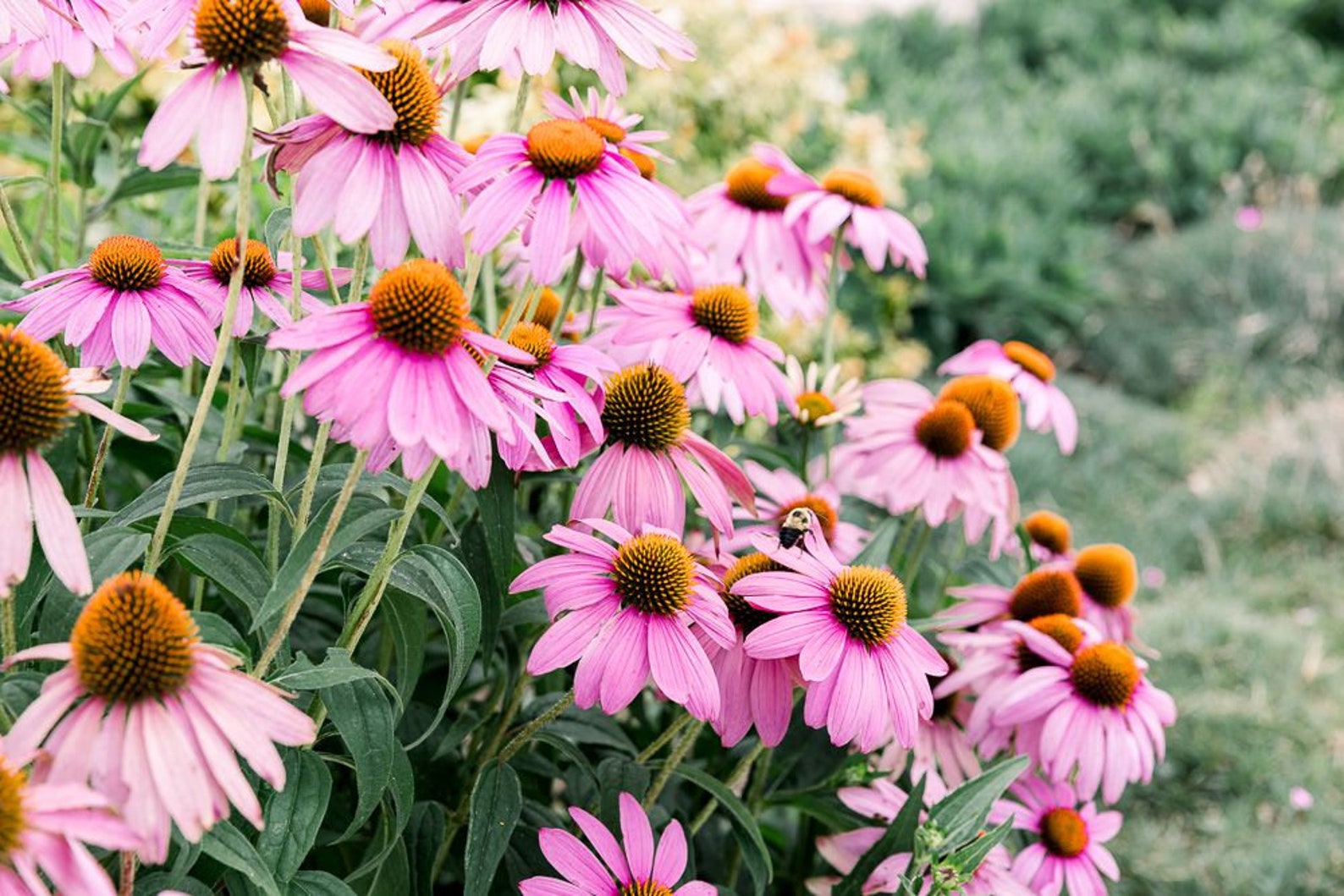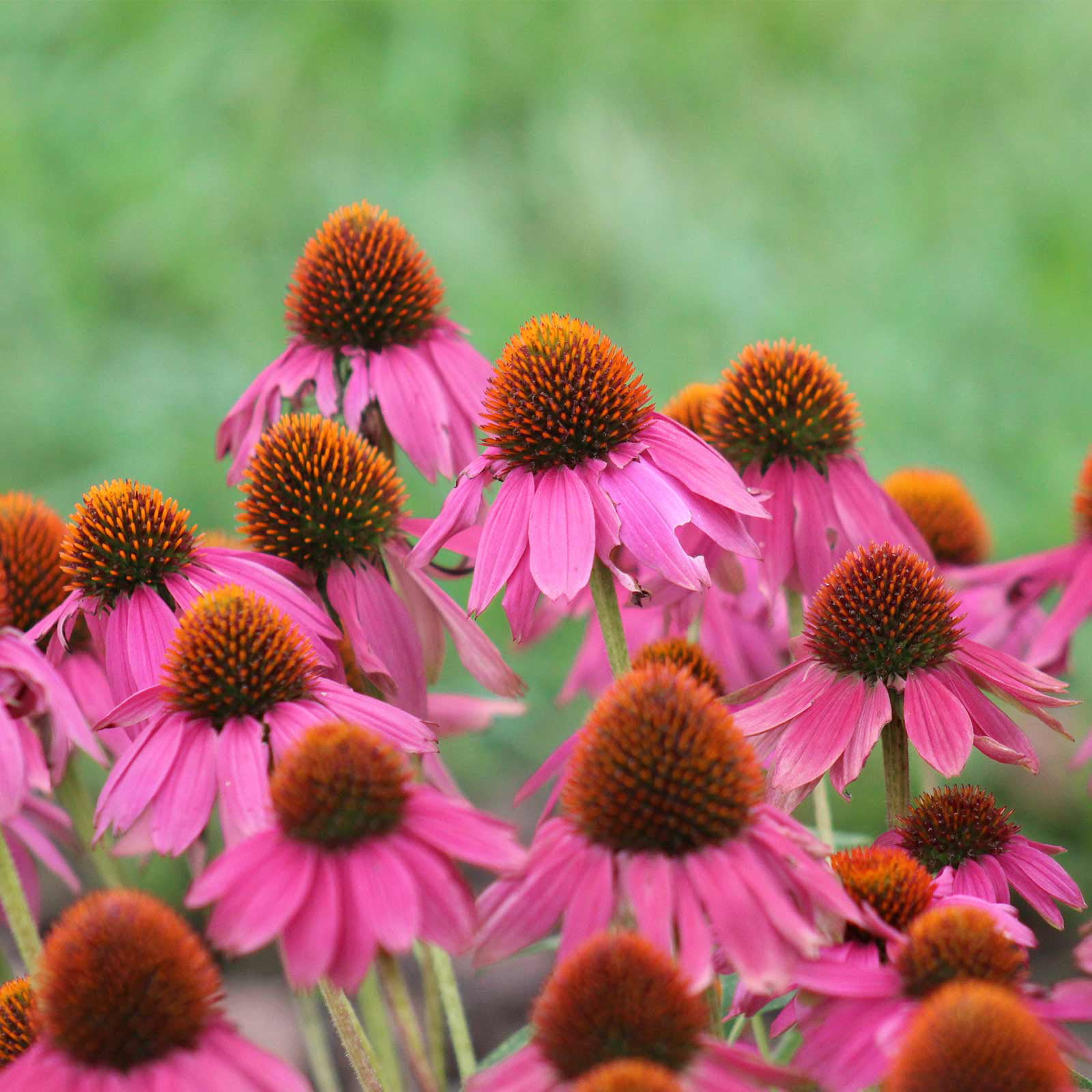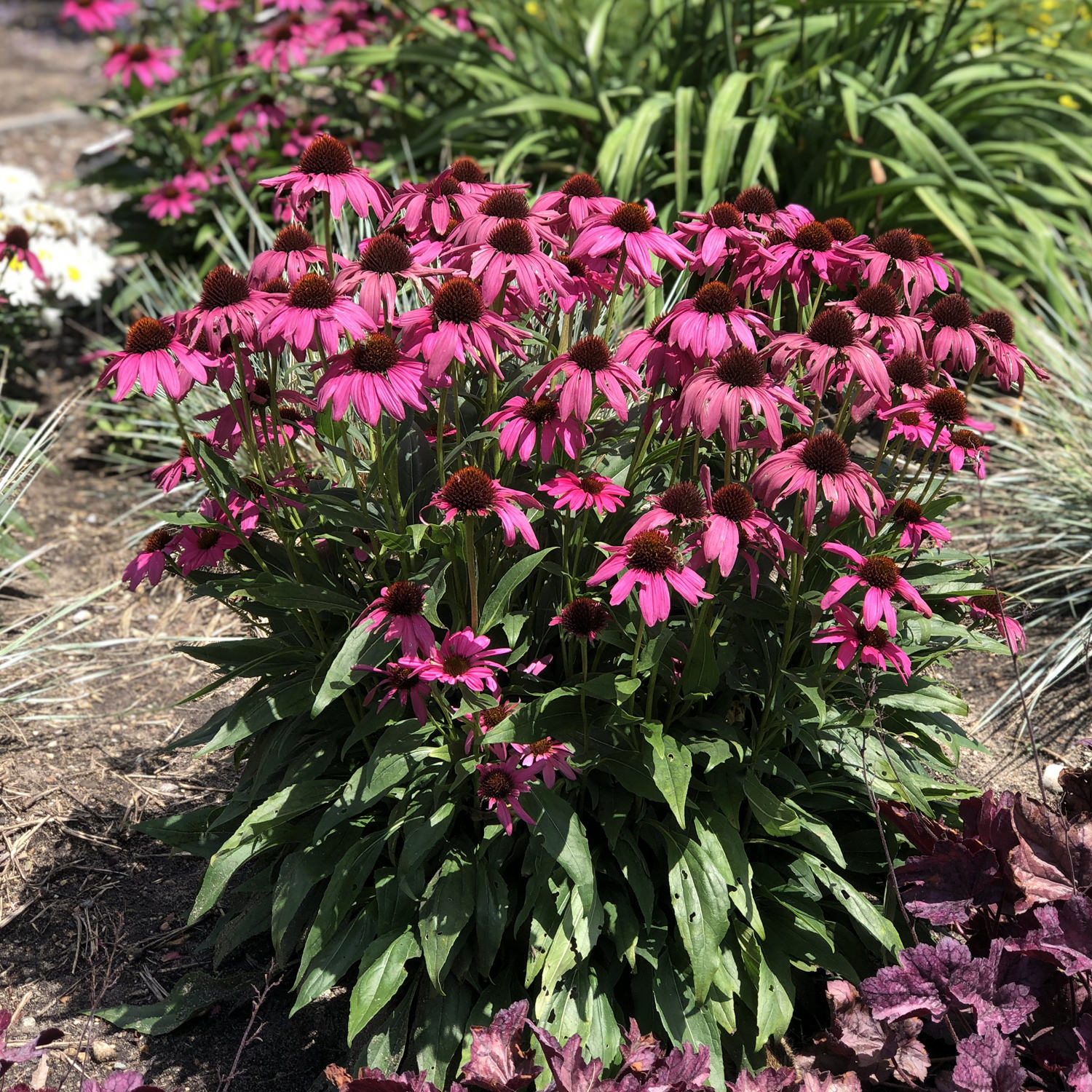
The alternate leaves, borne by a petiole from 0 to 17 cm, are oval to lanceolate, 5-30 x 5-12 cm the margin is tightened to toothed. It is pollinated by butterflies and bees.

Its individual flowers (florets) within the flower head are hermaphroditic, having both male and female organs in each flower. Its cone-shaped flowering heads are usually, but not always, purple in the wild. Depending on the climate, it blooms throughout summer into autumn. Other names include: Broad-leaved purple coneflower, Eastern Purple Coneflower, Hedgehog Coneflower, Echinacea.Įchinacea purpurea is an herbaceous perennial up to 120 cm (47 in) tall by 25 cm (10 in) wide at maturity. The authors proposed to retain the names not to cause confusion among gardeners and herbalists.

discovered a misapplication of the name Echinacea purpurea (L.) Moench for the taxon correctly named Echinacea serotina (Nutt.) DC. Just two decades later, De Candolle raised him to the rank of species of the other genus Echinacea serotina (Nutt.) DC. In 1818, Thomas Nuttall describes a new variety that he named Rudbeckia purpurea var. Originally named Rudbeckia purpurea by Linnaeus in 1753 in Species plantarum 6, it was reclassified in 1794 by Conrad Moench, in a new genus named Echinacea purpurea (L.) Moench. The epithet purpurea means 'reddish-purple'.

Echinacea is derived from Greek, meaning 'spiny one', in reference to the spiny sea urchins 'εχίνοι' which the ripe flower heads of species of this genus resemble.


 0 kommentar(er)
0 kommentar(er)
